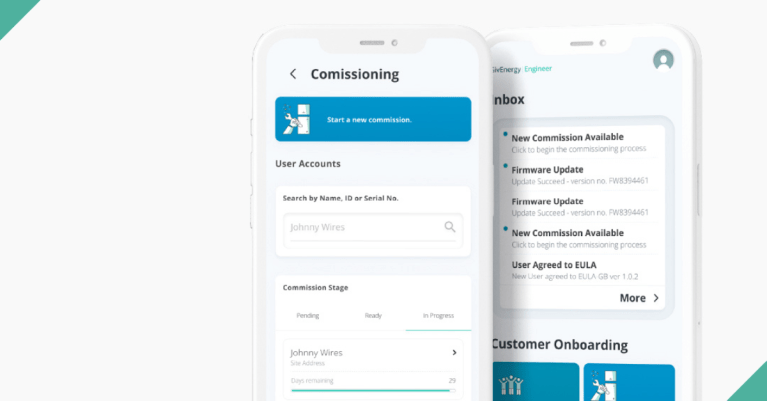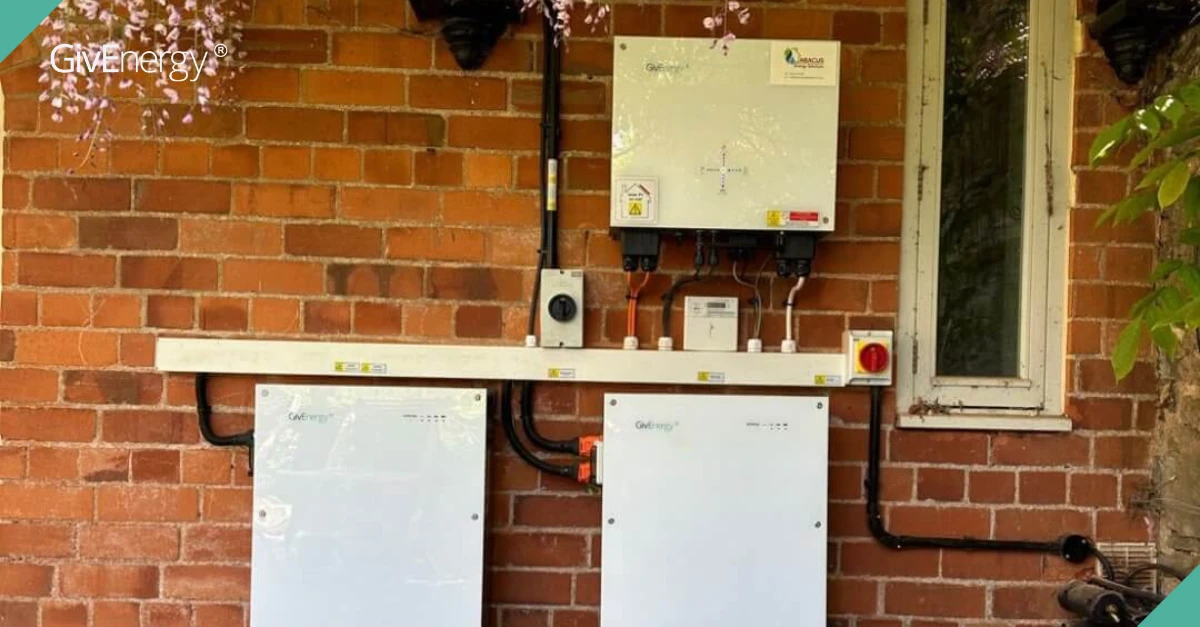So, you’ve decided that a home storage battery is for you.
Home battery installation is a big step but it needn’t be stressful.
For peace of mind, make sure to ask your installer a few questions beforehand – from the Ts & Cs of your warranty, to where the system can be installed, and everything else in between.
Read below to find out more.
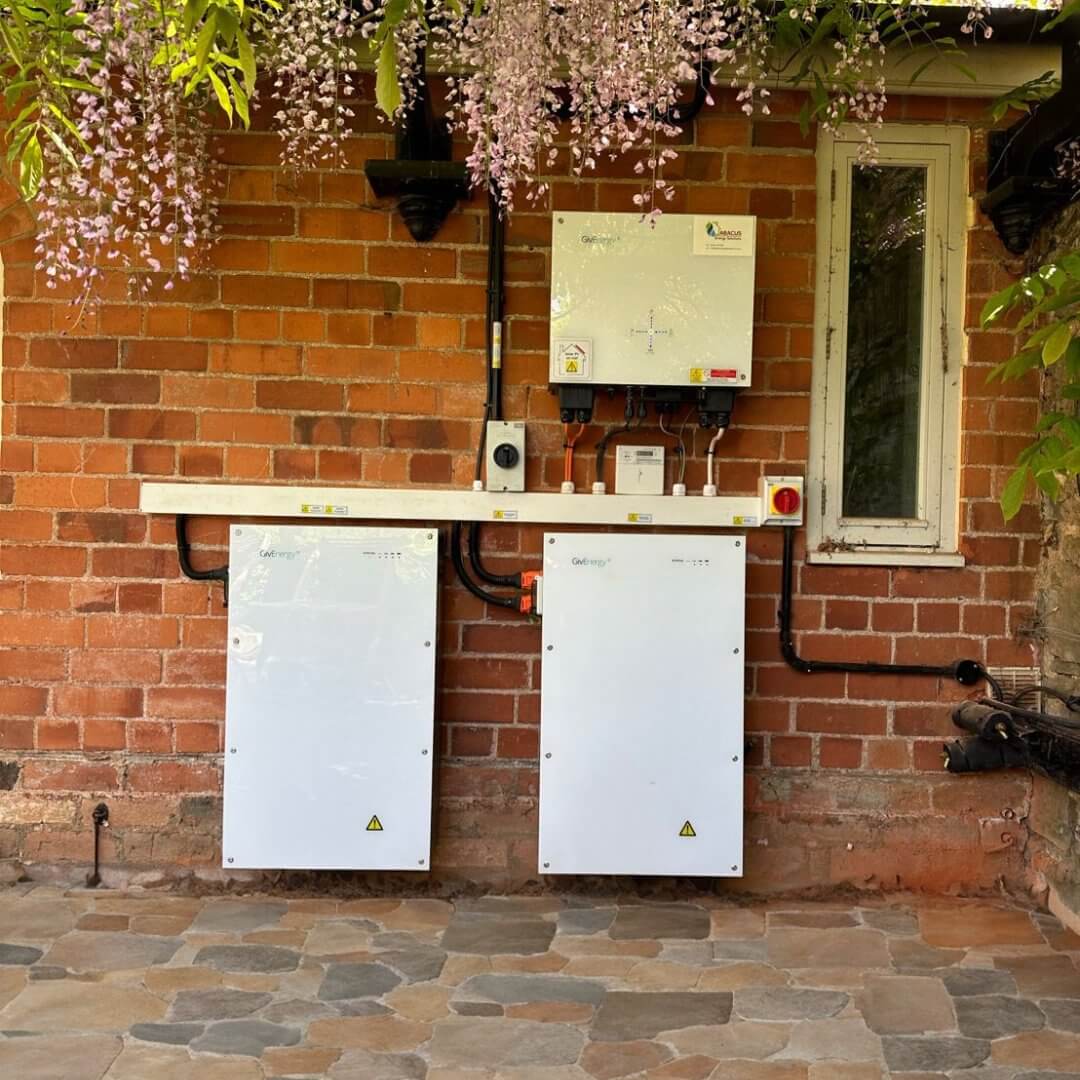
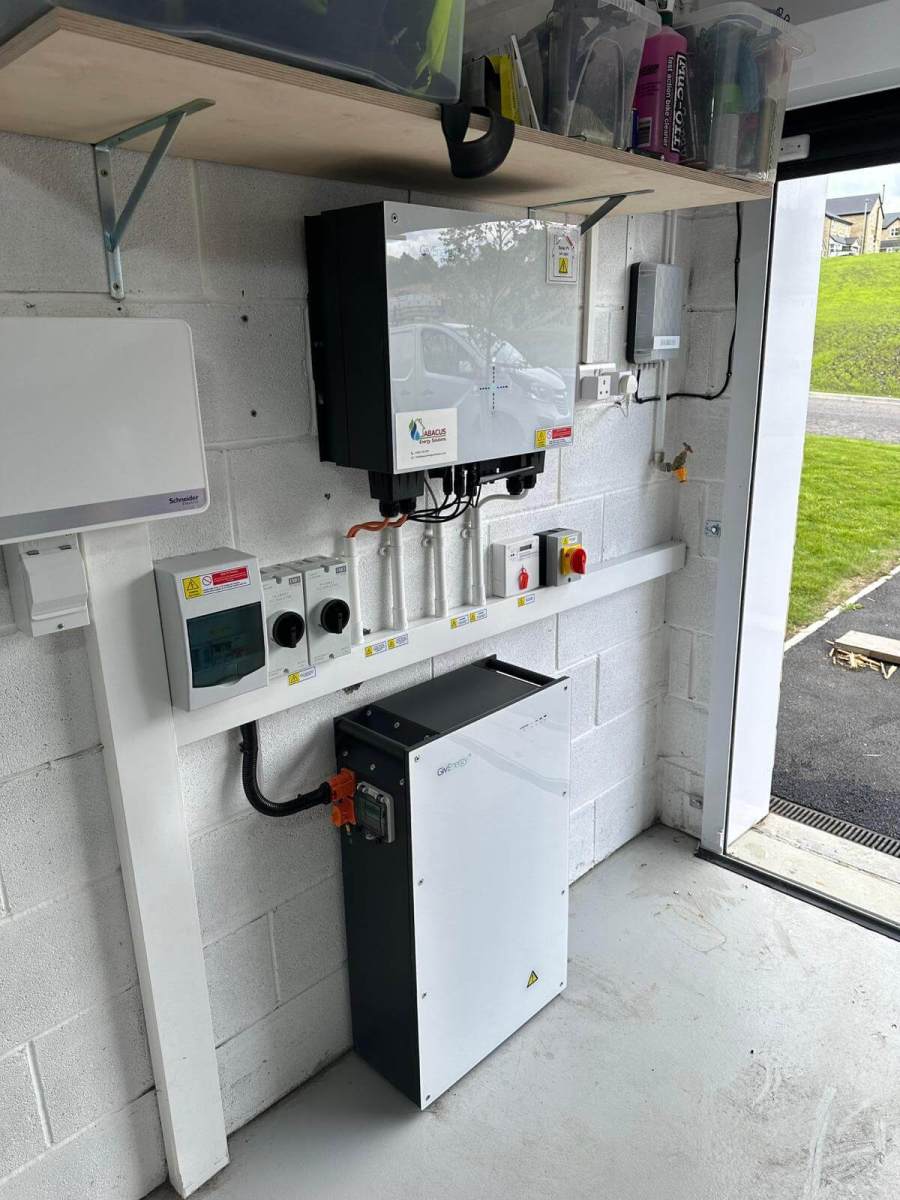
6 questions to ask your installer
1. ‘Are you an approved GivEnergy installer?’
In short, this tells you whether your installer is legit.
Installations of all GivEnergy equipment must be done by an approved installer.
This is someone who has:
- Completed free GivEnergy product training
- Provided proof of their electrical certifications and business details
GivEnergy equipment fitted by anyone who is NOT an approved installer will have an invalidated warranty (more on this below).

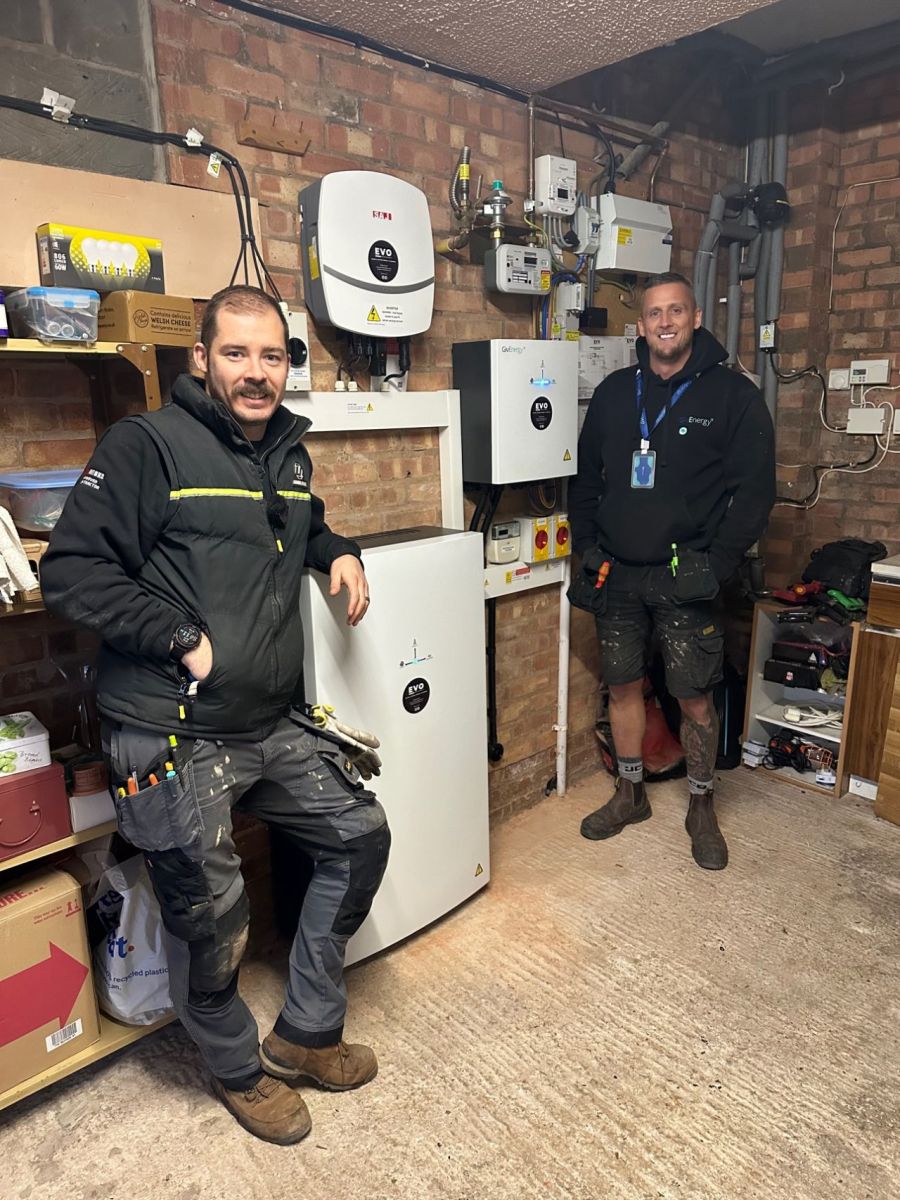

2. ‘What are the Ts & Cs of the warranty?’
Home storage batteries generally come with a maximum warranty of 10 years.
However, GivEnergy has gone above and beyond to offer a 12-year warranty on all residential batteries, residential inverters, and the All in One.
All warranties come with caveats – something you should ask your installer about before home battery installation.
Take the GivEnergy 12-year warranty as an example. For said warranty to apply, the system must be:
- Fully commissioned
- Installed by an approved GivEnergy installer
- Installed in accordance with GivEnergy guidelines
- Health checked on year 5, year 8, and year 10 (this can be done remotely)
- Stored in accordance with GivEnergy guidelines prior to installing
Systems which don’t meet the above conditions may have a void warranty.
Check out the 12-year warranty FAQs to find out more.

3. ‘Where can I install my home battery?’
The last thing you want is to make a purchase only to find that home battery installation is not practical.
Double-checking where you can install your battery is essential.
Consider the following questions:
- ‘Can I install the system outdoors?’
- ‘Do I want the system to be wall- or ground-mounted?’
- ‘Within what temperature range does my system operate?’
Take a GivEnergy home storage battery as an example.
All equipment is IP65-rated, so it’s a ‘yes’ to outdoor installation. However, you should still cover the equipment with a canopy.
Wall- and ground-mounted are both a ‘yes’.

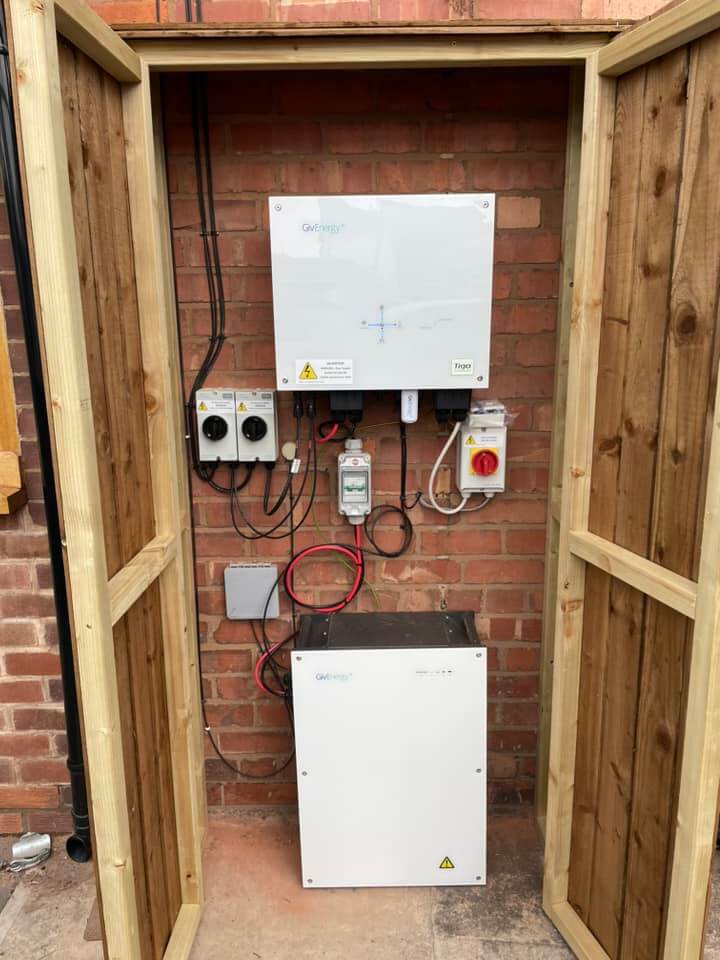
As far as temperature goes, your battery storage system will operate normally from 0 to 50°C. From 0 to -10°C, the battery will function with reduced operation.
A few other things to consider:
- Keep adequate clearance around all systems for ventilation
- Place batteries away from direct heat sources
4. ‘How do I monitor energy usage with my home battery storage system?’
Most quality home battery storage systems will come with some form of energy monitoring. Without it, you wouldn’t be able to keep track of your energy usage, and that would… well… kind of defeat the whole purpose of becoming more energy efficient.
If you’re not sure how this works, this is something you should check with your installer.
All GivEnergy systems come with a meter that collects data on energy usage. You’ll also get either inbuilt WiFi, or a dongle, giving your devices internet access.

You can then monitor energy usage through the app, or the more in-depth portal.
The ability to monitor your energy usage and cut down on excess is crucial to fulfilling your whole purpose of purchasing a home battery in the first place. Therefore, understanding the ins and outs of how it functions is a no-brainer.
5. ‘Can I add to my existing home battery storage system?’
Let’s be honest, your energy needs can change over time.
When they do, you may consider adding to your existing setup.
You may want to:
- Add more battery capacity (up to 5 batteries per inverter for GivEnergy systems)
- Retrofit solar panels or another form of renewable technology (check if an AC coupled or hybrid Inverter is right for you)
- Retrofit battery storage for existing renewable technology (this is highly recommended)
Whether you can use the same installer to add various components to your existing setup depends on what you want to install.


Let’s say you were satisfied with your solar panel installation and want to use the same installer for your GivEnergy system. You’ll need to check that the installer is… you guessed it… GivEnergy-approved.
6. ‘Who should I contact if there’s something wrong with my battery storage system?’
For all GivEnergy systems, your first port of call is your installer.
With this in mind, make sure you know how to contact them… just in case.
The smooth path to home battery installation
We can’t stress enough that installation of GivEnergy equipment needs to be carried out by an approved GivEnergy installer.
Among other things, this will give you peace of mind and a valid warranty.
Beyond that, don’t hesitate to ask your installer as many questions as you feel necessary.
If you’re ready to start your home battery installation journey, find an approved GivEnergy installer near you today.


